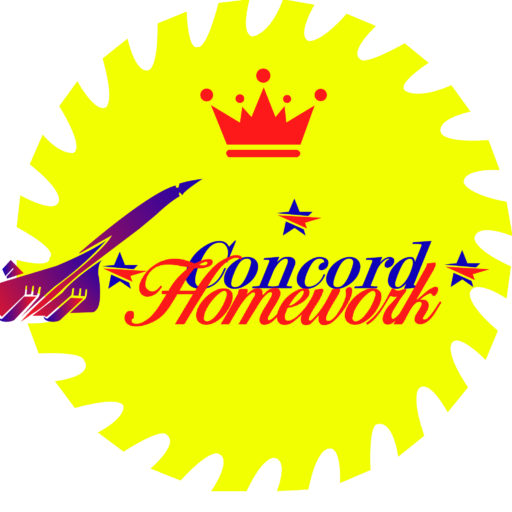Match a verb in A with a noun in B.
Write the times. Practise saying them.
Put the words into the correct list.
This ESL EFL free worksheet contains exercises about collocations, telling the time, and sorting out words. The worksheet has an answer key.
* Download This English Worksheet: “Learn how to say the time and Verb collocations free ESL EFL worksheets with answer keys”.
Tick-Tock Talk: Fun Ways to Teach Telling Time!
Hey there, time travelers! Have you ever looked at a clock and wondered what all those little numbers and hands mean? Well, telling time might seem tricky at first, but with a sprinkle of fun and a dash of creativity, it can be as easy as pie! Let’s dive in and explore some awesome ways to master the art of telling time, whether you’re a young learner or a seasoned adult.
- Start with the Basics:
- For young learners, begin by introducing them to the concept of time using simple terms like “hour” and “minute.” Show them how to identify the hour hand and the minute hand on a clock.
- Use interactive clocks with movable hands to make learning hands-on and engaging. Encourage children to move the hands themselves and practice telling different times.
- Make it a Game:
- Turn telling time into a fun game by playing “Race Against the Clock!” Set a timer and challenge kids to complete simple tasks before time runs out. This not only teaches them how to read the time but also helps them understand the value of time management.
- Create your own DIY clock using paper plates and brads. Let kids decorate their clocks with colorful markers and stickers, making learning time a creative adventure!
- Use Visual Aids:
- Visual aids like colorful posters and flashcards can be incredibly helpful in teaching adults and young learners alike how to read the time. Create visually appealing posters displaying both digital and analog clocks to reinforce the concept.
- Incorporate daily routines into learning time. For example, use a visual schedule with pictures depicting different activities at specific times of the day, helping learners associate times with activities.
- Practice, Practice, Practice:
- Repetition is key to mastering any skill, and telling time is no exception! Provide plenty of opportunities for practice through worksheets, games, and real-life scenarios.
- Encourage adults to set goals for themselves, such as reading the time in different formats (analog, digital) or calculating elapsed time. Celebrate their progress and offer encouragement along the way.
- Make it Relevant:
- Help learners understand the relevance of telling time in their daily lives. Discuss how knowing the time helps us plan our day, catch the bus on time, or meet friends for lunch.
- Use real-life examples and scenarios to teach time concepts. For instance, ask kids to plan a pretend picnic and decide what time they should leave to arrive before sunset.
So, whether you’re a young learner just starting your time-telling journey or an adult looking to sharpen your skills, remember that learning to tell time can be an exciting adventure! With a little creativity, a sprinkle of patience, and a whole lot of fun, you’ll be a time-telling pro in no time. Tick-tock, let’s rock the clock! ????✨
What should our team prepare for you?
What topics do you need?
“Thank you for taking the time to explore this topic with us! We hope you found the information helpful and insightful. Have any thoughts, questions, or additional examples to share? We’d love to hear from you in the comments below!
Don’t forget to spread the word by sharing this blog with your friends, family, and colleagues. Together, let’s continue to learn, grow, and connect with the world around us. Happy reading and sharing!”




















